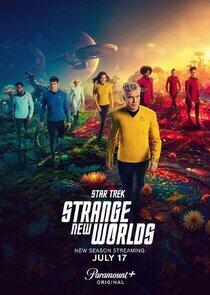Assoud's History Lesson

Assoud visits his surviving grandfather (the first having been killed in episode 105) who explains to Assoud the history of the cities in Palestine. In answer to Assoud's questions about where the family had originally lived, Assoud's grandfather tells Assoud that they lived in Tel Al-Rabi'. Assoud tells the old man that "there's no such place called Tel Al-Rabi'". and Assoud inquires if he has "gone senile". Assoud's grandfather is very angry and exclaims that "My head still works just fine. Are you trying to confuse me? I'm not senile yet. I have documents and proof". The grandfather explains that "the Zionists and Jews Hebraicized the name to 'Tel Aviv'. He goes on to say that "It has been Tel Al-Rabi' for generations, on the land of Palestine, right next to Yafa ... from the days of the British and even before". As proof the grandfather offers papers, documents, and land deeds covering the lands, fields, trees, and houses and claims that "I can even show you the key". The grandfather questions where the names currently in use had come from and suggests that "The name Tel Al-Rabi' has been forged by the Jews and Hebraicized to "Tel Aviv". They invented all these names. 'Ashdod' is, in fact, Isdud. 'Ashkelon' is, in fact, Al-Majdal. Al-Sab' is called 'Beer Sheva'! ... Yafa, Al-Lydd, Al-Ramla, Al-Sab', -they changed all these names and Hebraicized them". He concludes that "it's all a lie these are all pseudonyms" and this prompts Assoud to apologise that "it's not our fault. It's the fault of the school curricula".
Trailer
Recently Updated Shows

Star Trek: Strange New Worlds
Star Trek: Strange New Worlds follows Captain Pike, Science Officer Spock and Number One in the decade before Captain Kirk boarded the U.S.S. Enterprise, as they explore new worlds around the galaxy.

The UnXplained
The UnXplained will tackle subjects that have mystified mankind for centuries, from mysterious structures and cursed ancient cities to extraterrestrial sightings and bizarre rituals. The series will also feature contributions from top scientists, historians, engineers and researchers - each seeking to shed light on how the seemingly impossible can happen.


